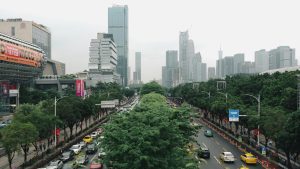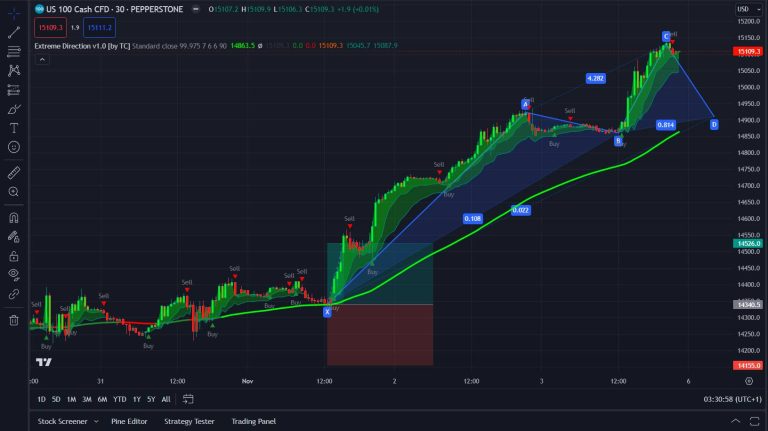The 15-Minute City: How the Pandemic Is Transforming Real Estate Property Values
The 15-minute city – where neighbourhoods are designed so that residents can reach most of the services and amenities they need within a 15-minute walk or bike ride – is one of the hottest urban planning concepts of the moment. They’re developing a totally new model of community design that is walkable, environmentally friendly, localistic, and not structured around car-based suburban sprawl—a way of thinking about where to live and what to build that will entirely rewrite the way people think about the value of their home and good real estate investments. As more and more cities around the globe trend toward this model of development and as consumers continue to place emphasis on convenience, sustainability, and community, homes in walkable neighborhoods are gaining substantial value like never before. Meanwhile, real estate in car-dependent neighborhoods can create substantially more difficulty when seeking discerning buyers and renters.

The Walkability Premium
Walkable homes have a steady price premium that’s never offset by the savings on transportation, according to Walk Score. Studies consistently show that houses with high Walk Scores – a number indicating a home’s relative access to foot-friendly amenities – sell for premiums of 10–20% over comparable homes in less walkable spots.
Millennials and Gen Zs Demand Driven
Walkability is a top consideration for younger generations, including millennials and Gen Z, when deciding where to live. These numbers appreciate experience over things, espouse environmental sustainability, and often postpone car ownership—features that make walkable neighborhoods particularly appealing. Their buying power is altering housing demand across the country, especially in areas that feature condominium pre selling options, which offer more flexible entry points into emerging urban centers.
Health and Wellness Value Proposition
Walkable communities lead to greater physical activity, lower stress, and better mental health. With increasing health awareness, homes that promote active living through walkability and bike infrastructure are more attractive to health-focused professionals and families.
Economic Benefits Beyond Housing
One advantage to living in a walkable neighborhood is that residents tend to spend less on transportation, freeing up income for housing expenses. What this economic reality means, though, is that many buyers can afford to pay more for housing in walkable places, even as their total cost of living is lower than that in car-dependent suburban locations.
Mixed-Use Development Appeal
In a 15-minute city, mixed-use developments that weave together residential, commercial, and office uses in close proximity are encouraged. These projects promote active, mixed-use communities that serve the needs of those homeowners desiring convenience and community, help local businesses thrive, and shorten commutes. Areas like Clark investment properties are leading the way in adopting this model, offering integrated spaces that appeal to both investors and residents who prioritize lifestyle and accessibility.
Investment Implications
Real estate investors are growing more focused on walkable areas and transit-oriented developments. Assets near mass transit, within downtown urban centers, and in master-planned urban communities focused on walkability are garnering attention from individual investors and institutional capital looking long term at appreciation potential.
Challenges for Suburban Markets
Traditional suburban developments where cars are required for even daily tasks are running into a shift against them as walkability has become a priority. These sections may have to densify through the addition of infill development, better public transit, or partial rezoning to compete in changing real estate markets.
Wrapping Up
The 15-minute city encapsulates a revolution in the way people go about choosing location and urban design, with huge implications for real estate markets across the country. Properties that are walkable to the necessities of daily life, transit, and community amenities are becoming increasingly more expensive and are in higher demand among buyers of all backgrounds. Real estate investors should take note of the rising emphasis on walkability and the 15-minute city model to make the right moves in property acquisition, development, or long-term strategies for investment in an ever-evolving urban landscape where sustainability, convenience, and feeling connected to the community are becoming more significant than traditional suburban car-dependent living.






